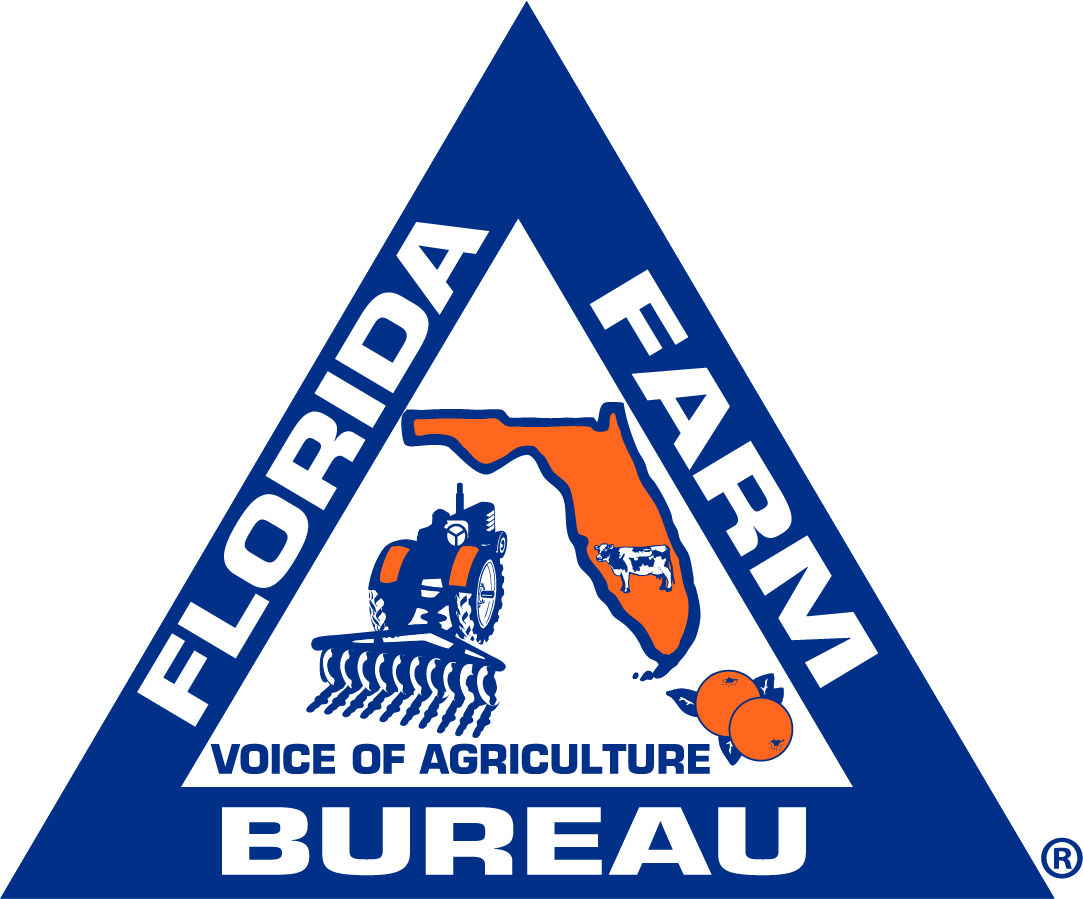April 4, 2014
According to a report issued by the U.S. Bureau of Labor Statistics (BLS), the average retail price of food increased by a modest 1.4 percent during the past year. This figure compares favorably with the overall cost of consumer items since early 2013.
By contrast, energy prices have moved substantially higher than the cost for such necessities as food and medical care. The BLS noted that energy costs have increased by 4.9 percent. Piped gas from utilities has been a key source of the change, following hikes totaling 8.3 percent. Medical care service expenses are 2.4 percent higher compared to last year.
Survey data announced earlier this month by the American Farm Bureau Federation indicate that food prices are following a track predicted by the U.S. Department of Agriculture in December. The USDA estimated that food cost increases would be less than 3.5 percent in 2014. Weather conditions or political developments abroad could alter this pattern.
Despite the routine increase in food prices, the portion of the food dollar received by farm families continues to decline. In the mid-1970s agricultural producers received approximately 33 cents of every dollar paid for food. They now earn less than 16 cents.
The BLS report is posted at http://www.ers.usda.gov/data-products/food-price-outlook/summary-findings.aspx. A summary of the AFBF’s food survey is available at http://www.fb.org/index.php?action=newsroom.news&year=2014&file=nr0403.html.

